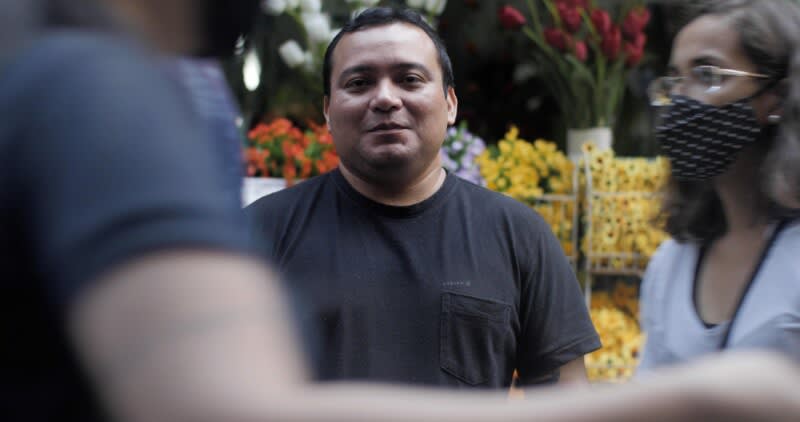Indigenous artist Denilson Baniwa has spent his career studying centuries-old illustrations of his ancestors in the Brazilian Amazon.
Between 1492 and the late 1800s, European conquistadors, travelers, and artists produced numerous illustrations of the Native peoples and landscapes of the Americas for audiences around the world. These depictions—part fact, part fiction—were based both on observation and European fantasies about the unknown.
From images of “exotic” inhabitants to fantastic fauna, these popular prints created stereotypes that still persist. “Most of the time, these artists had never been to the Americas,” says curator Idurre Alonso, “and these same representations of Indigenous people as cannibals, wearing feathers, and being ‘uncivilized’ still happen today.”
Denilson often layers components from colonial and 19th-century art with elements of his own cultural traditions to question ongoing stereotypes about Indigenous people. “What I do as an Indigenous artist is to draw the focus away from the original narrative and focus on the narrative that I want to tell,” he says. “That sometimes involves cutting out the main element, or painting over an element with ink, or writing a sentence that draws the public’s attention to a certain point where I think it’s interesting to start a conversation.”

